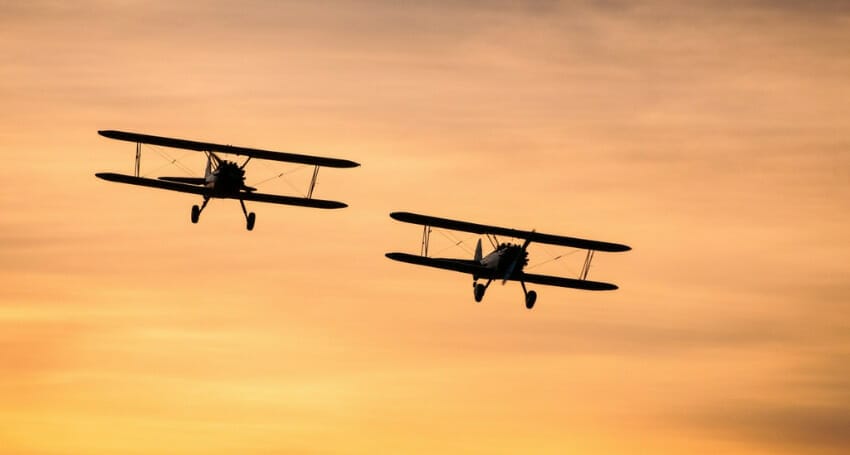Introduction
The history of aviation paints a broad and beautiful picture of human progress, where the dream of flight was slowly but surely transformed into a reality. In order to appreciate the marvels of the modern aviation services industry, one must venture into the events in history that have shaped our understanding of flight.
The Dream of Flight
The dream of flight has captivated mankind since time immemorial. Before the dawn of recorded history, our ancestors gazed at the sky and admired the birds that flew with grace and ease. This fascination set the stage for a long quest in pursuit of flight that would span centuries.

Early Pioneers: A Brief History
The father of aviation, as some historians believe, is Leonardo da Vinci. In the 15th century, da Vinci made significant strides in aviation history with his Ornithopter design. Although it never flew, it demonstrated a deep understanding of the principles of flight. His studies inspired several other inventors who dreamt of conquering the sky.
French Aviation: The Montgolfier Brothers and Beyond
French aviation also had a significant role in the history of flight. The Montgolfier Brothers famously launched the first manned hot-air balloon flight in 1783, creating a stir across Europe and ushering in an era of lighter-than-air flight. Later, French aviation pioneer Clément Ader made a significant leap in 1890 with his steam-powered ‘Éole’, which reportedly lifted off the ground for a brief period.
Powered Flight: The Wright Brothers and the Birth of Aviation
The Wright Brothers are often credited as the pioneers of controlled, powered flight. Their aircraft, the Wright Flyer, made its first flight in 1903. This achievement represented a monumental event in the history of aviation. The Wright Brothers’ innovations in flight control, particularly their development of a three-axis control system, laid the foundation for the design of modern aircraft.

The Formation of Federal Aviation Administration
As aviation began to take off, so did the need for regulation. The Federal Aviation Administration (FAA) was created in 1958 to ensure safety in the skies. The agency was responsible for controlling air traffic, regulating safety measures, and promoting aviation in the United States.
Commercial Aviation: From Luxury to Necessity
Commercial aviation has transformed the way we travel. In the early 20th century, flying was considered a luxury, accessible only to the wealthy. The advent of the jet engine and larger commercial aircraft after World War II revolutionized the aviation industry. With these developments, flying became a practical means of long-distance travel for the masses.

Civil Aviation and Its Impact
The rise of civil aviation has had a significant impact on various aspects of society. It has enabled the quick transportation of goods and services, thereby contributing to global trade and commerce. In addition, it has connected people and cultures from all around the world, fostering globalization.
Military Aviation: A Force Multiplier
Military aviation has not only played a pivotal role in shaping the outcome of conflicts but also driven technological advancements in the aviation industry. From reconnaissance to combat, military aircraft have become an essential component of modern warfare.
Conclusion: The Aviation Industry Today
Today, the aviation industry is a testament to human ingenuity and resilience. Its history is filled with stories of daring inventors, pivotal moments, and transformative technologies. As we learn about the history of aviation, we can only marvel at the journey from the dream of flight to the daily reality of commercial flights crisscrossing our skies. The future promises even more exciting developments as we continue to push the boundaries of what is possible in aviation.




